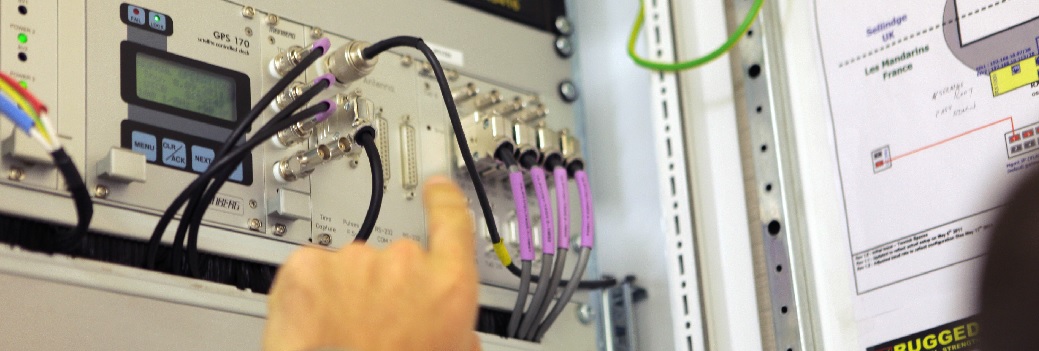Power grids are evolving in response to energy transition. The integration of new components has an impact on their dynamic behaviour. New technological solutions are required in order to monitor, control and manage the system dynamics in real time.
Increasingly complex grids
As energy transition gains ground, power grids become increasingly complex systems. Integrating numerous active components (decentralised and variable sources, direct current lines, electronic power convertors) has a significant impact on the grids’ dynamic operating conditions. New decision and control tools are needed to manage the power system in co-ordinated and reactive fashion.
Better integration of HVDC lines
The RTE-Centrale Nantes Chair is leading several studies on the integration of HVDC lines in the grid. There is a clear and immediate industrial requirement as these systems, often used for cross-border interconnections, are expanding rapidly. In order to build an integrated European energy market, the European Union has called for all member states to reach interconnection rate of at least 10% of their electricity production capacity by 2020.
Support non-linear approaches
On the basis of scientific research already undertaken by RTE on direct current systems, the RTE-Centrale Nantes Chair is exploring new approaches, non-linear in particular. The scientific challenge is to analyse the impact of HVDC lines on the dynamics of the power grid (inter-area oscillation, transient stability of neighbouring areas) and to develop new and robust control solutions.

